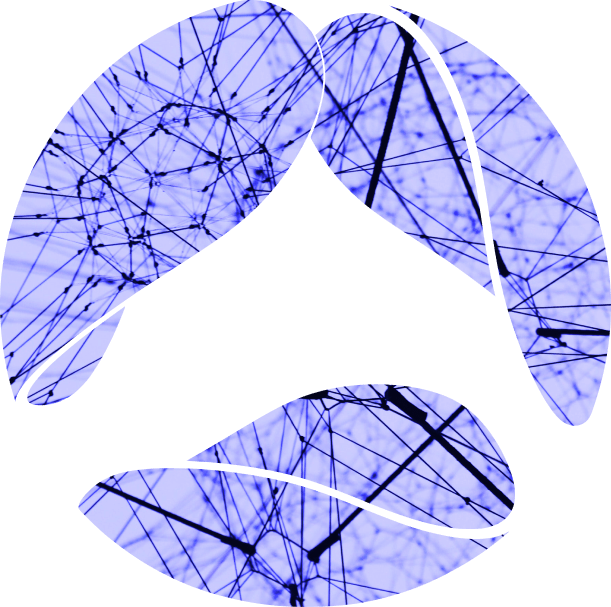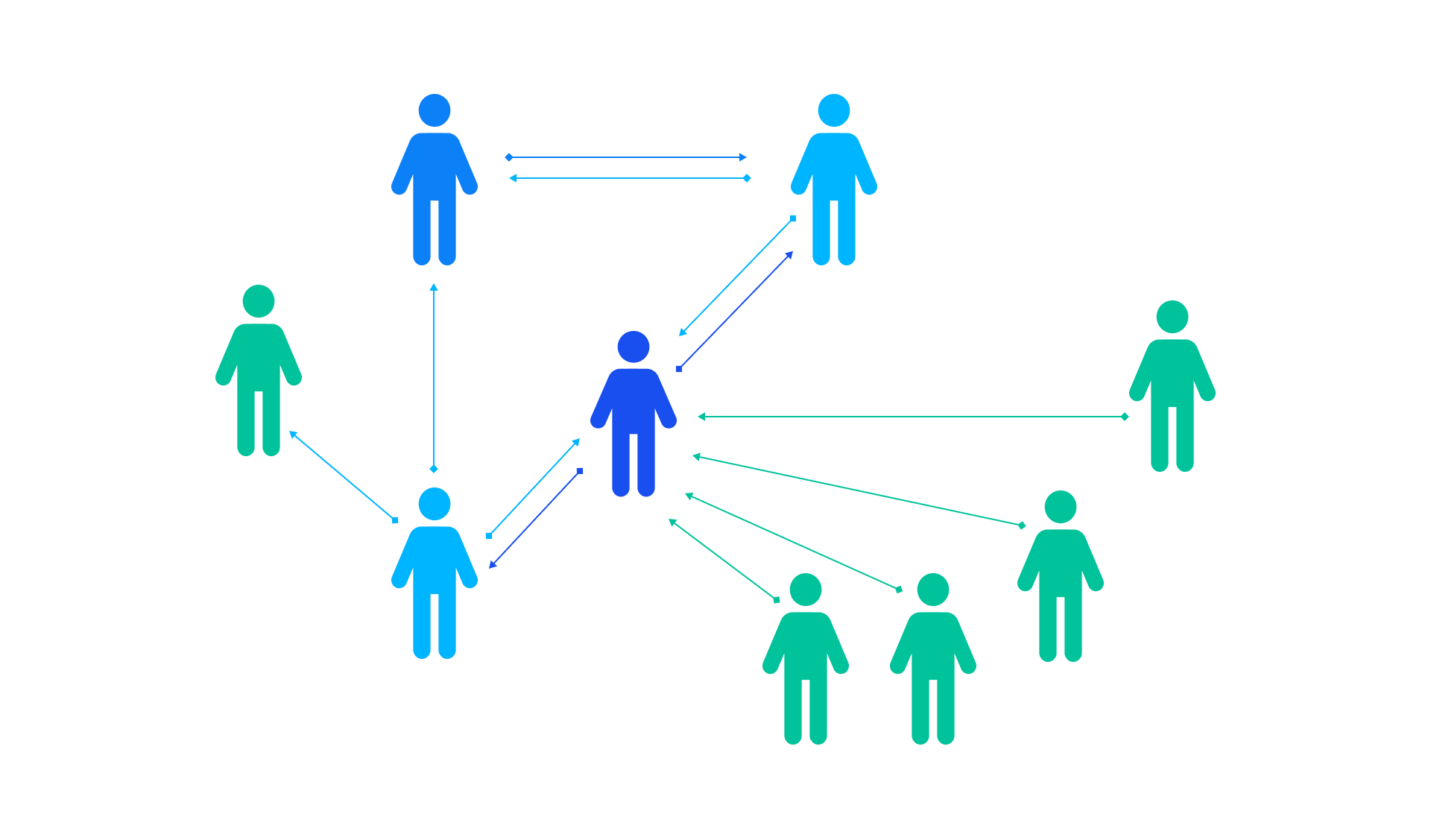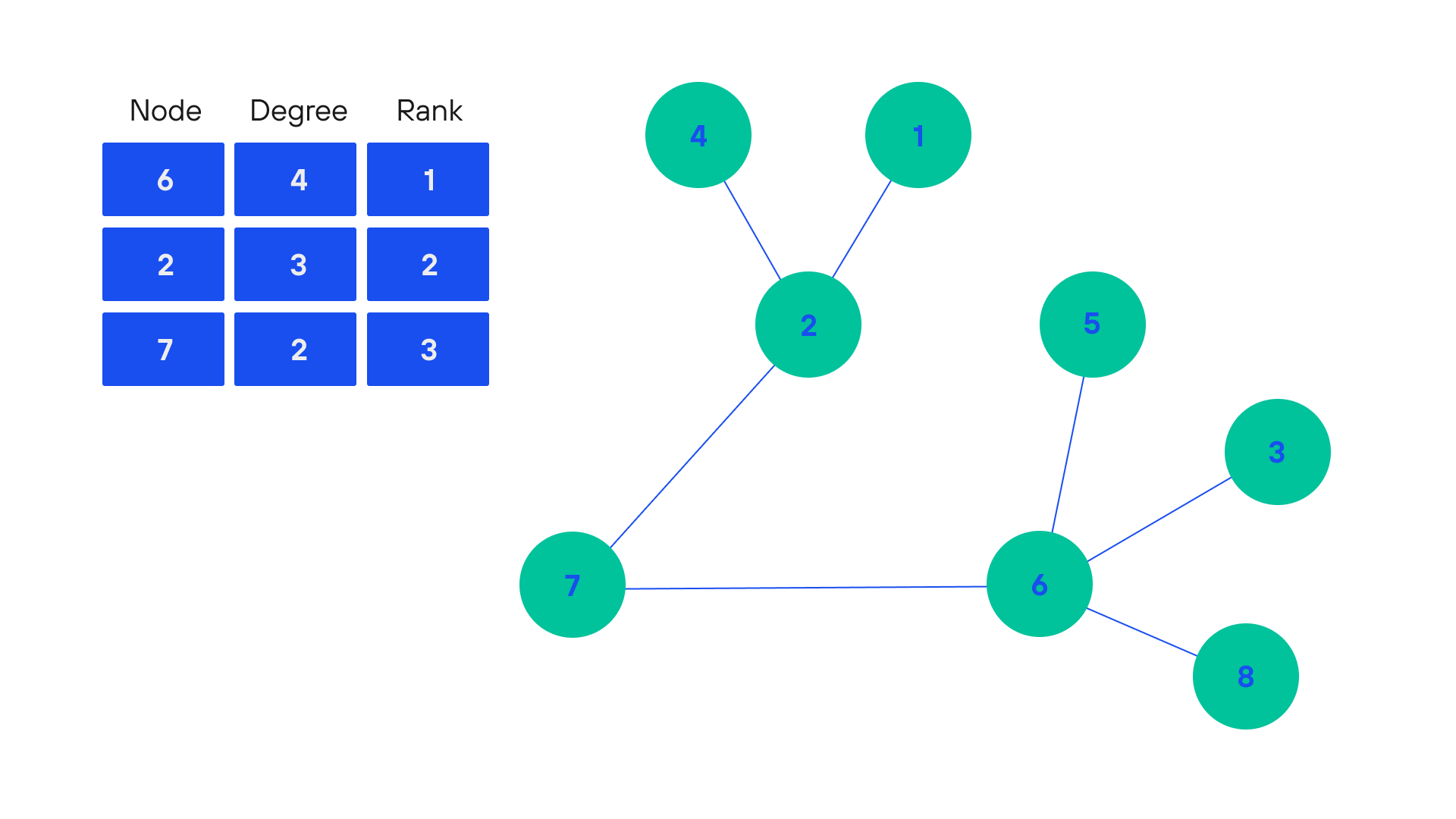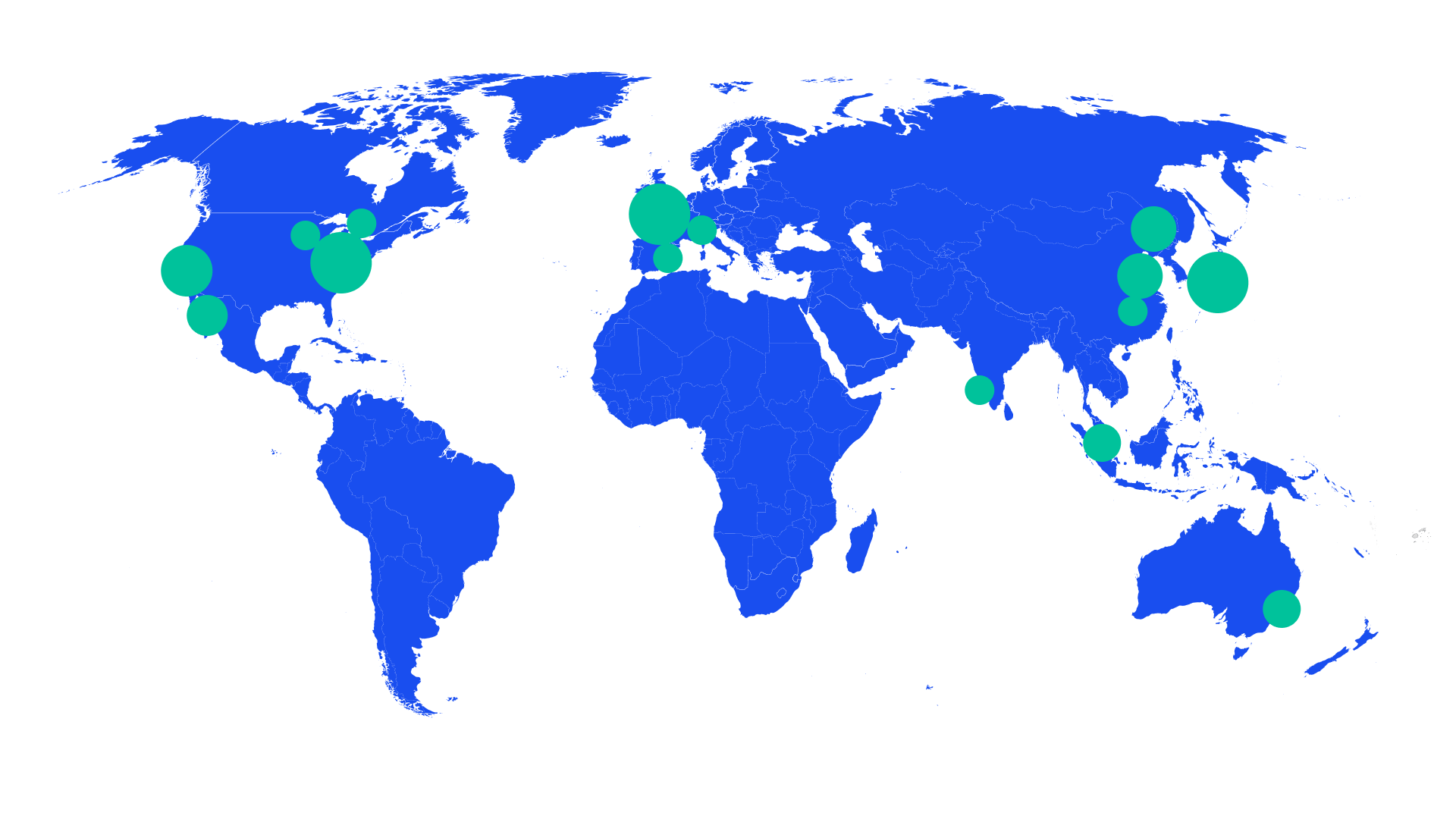Beyond the stethoscope: Top healthcare technology trends 2025
Embrace the most prominent healthcare technology trends shaping the medical sector in 2025 and beyond. Learn about the top technology and solutions that are changing how we view health.

Unlock impactful insights to improve patient recruitment in clinical trials.
Only 10% of all drug candidates are effective and safe enough to be brought to the market. Lack of clinical efficacy and high toxicity cause the majority of drug failures. However, drug manufacturers often struggle to recruit and retain patients during clinical trials. Scientists may spend years optimizing the potency of new drug candidates, but the success of clinical trials heavily relies on the patient dropout rates.
New technologies can bring a much-needed change in this regard, helping biopharma companies recruit patients who meet eligibility criteria and stay motivated to participate till the trial’s ending. The combination of Natural Language Processing (NLP) and a social graph technique provides drug manufacturers with a tool for precise patient selection. In this article, we will explore how social graphs connect patients and drug manufacturers, hence, maximizing the efficacy of clinical trials.
NLP can be defined as the study of human language that combines computational linguistics and Artificial Intelligence (AI). It covers several areas, including:
NLP allows computers to extract meaning from spoken and/or written language and accumulate knowledge from unstructured and untapped data. It can be used for sentiment analysis, automated entity recognition, categorization of topics and themes, and even multi-document summarization. Plenty of leading companies have already implemented NLP into their everyday operations to automate processes and secure a competitive edge.
Graph analytics in data science refers to a method of data analysis that uses graph databases to identify relationships amongst entities or nodes. For example, it is possible to use social networks to determine connections between users. The social graph is most often represented as a map with nodes (influencers and followers) connected with lines (various kinds of subscriptions on social media). Numerous brands proactively use social graphs for marketing purposes. They pay influencers to showcase certain items to their audience and make shopping recommendations. One of the issues confronting marketers though is that people rarely follow a single influencer. There are overlaps in audiences where multiple influencers address the same gender or age groups. Thus, a potential customer can receive advertising posts about the same brand from multiple sources. This can result in customer backlash and an unwillingness to buy the product.
Numerous brands proactively use social graphs for marketing purposes. They pay influencers to showcase certain items to their audience and make shopping recommendations. One of the issues confronting marketers though is that people rarely follow a single influencer. There are overlaps in audiences where multiple influencers address the same gender or age groups. Thus, a potential customer can receive advertising posts about the same brand from multiple sources. This can result in customer backlash and an unwillingness to buy the product.
NLP helps companies overcome this challenge. It can be applied to social graphs to automatically analyze the audiences of various influencers and create networks that suit the project’s objectives. NLP enables extracting valuable information from data and allows companies to determine the influencers whose audiences overlap as little as possible and then promote products or services via a unified network of users. As a result, brands optimize their marketing expenses by partnering with the smallest number of influencers needed to cover the target audience, while NLP offers them a comprehensive understanding of the previously hidden relationships.
The below example of a social graph explains the weight of every node in terms of the number of connections and their rank (value). As shown, node #6 is the most valuable as it has 4 connections, and node #2 is the runner-up with 3 connections. Node #7 is an overlap and can be omitted.
As shown, node #6 is the most valuable as it has 4 connections, and node #2 is the runner-up with 3 connections. Node #7 is an overlap and can be omitted.
When used in unison, NLP and social graphs can bring valuable insights to biopharma companies. By analyzing publicly available data, organizations can find users, for instance, health care professionals with the most relevant audiences, and then reach out to them directly. In this way, medical practitioners can inform their patients about an opportunity to participate in a clinical trial that can improve their well-being and makes it possible for biopharma companies to speed up patient recruitment for clinical trials.
Discover how Avenga created a telehealth suite for improved patient experience. Success story
There are multiple data sources that serve as reference points for creating social graphs. For example, social graphs can be developed from or enriched by the data obtained from public datasets, such as PubMed, ClinicalTrials.gov, or H-CUP, and web sources such as Google Scholar, vitals.com, or ratemds.com. Data in these datasets is structured, semantically parsed, and pre-processed with extracted keywords, and has relationships between nodes that are ranked by their impact. This form of the NLP analysis can be represented as heat maps that show the geographical locations of doctors/influencers.
Learn about digital tools in drug commercialization to accelerate the drug development lifecycle. Story
Using graph analytics and NLP, biopharma companies do not violate any rules and regulations protecting the patient’s privacy. They have no access to medical records and use the social graph technique to inform the target audience about forthcoming opportunities to participate in a clinical trial. It is up to the potential candidate to decide whether or not they want to enroll. As a result of using the social graph technique, drug manufacturers can maximize patient retention during clinical trials and increase the chances of delivering life-changing medicines.
New technologies can change the high rate of patient dropouts in randomized controlled trials. Powered by NLP tools, graph analytics allows biopharma companies to identify clinical trial candidates and reach out to them via social media. This approach improves patient retention during clinical trials and helps companies tap into the full potential of data.
Discover the potential of clinical trial software development in our portfolio and contact our experts to learn more about solutions for better clinical trial management.
Ready to innovate your business?
We are! Let’s kick-off our journey to success!